13 lessons from Musculo skeletal screenings
Leave a CommentThe purpose of the screenings is to gauge an athlete’s readiness to train
 Having conducted over 80 musculo skeletal screenings with athletes from a huge variety of sports in the last year with a physiotherapist it is time to offer some reflections.
Having conducted over 80 musculo skeletal screenings with athletes from a huge variety of sports in the last year with a physiotherapist it is time to offer some reflections.
Establishing a rapport is key for the screening to go well, and I would say that in all but 2 of them, we have managed between us to do that.
We have adapted our feedback over time so that we give the athletes something simple to do at home without specialist equipment. It usually involves working on sitting and standing posture and practising some form of controlled movement such as squats, press ups or warm up.
The thing about doing a comprehensive screening is that you realise not only how different every person is, but also how similar they all are.Although every athlete is an individual and every sport is different, there are many similar traits. A few that come up regularly are:
- Poor posture from sitting at a computer or in the classroom lazily.
- Lop sided shoulders from the dominant arm sports.
- Inability of female athletes to sit down on a chair- compared to falling down.
- Low back pain in athletes who have gone through a recent growth spurt and are overspecialising in one sport.
- The early risers and multi- taskers have brilliant organisational skills and get things done.
- The University students with 3 hours of lectures a week “don’t have enough time” to eat breakfast, bring a water bottle, do 10 mins of body management exercises a day.
What is refreshing is that with over 40 years of combined experience, myself and the physiotherapists always manage to learn something new from each athlete. It is hard work, but very rewarding.
13 lessons learnt so far:
- Establishing rapport is essential.
- Certain phrases set off alarm bells in our minds “core stability” and “power cleans” are worrying from athletes who can not stand up straight or who have back injuries.
- Never assume that because a 15 year old boy is a national champion at sport x that he can do an unloaded squat, let alone weight training.
- Doing the plank 3 times a week has yet to show that the athlete can move fast and with balance in their sport.
- Simple messages are effective- then repeat them again and again.
- Flexibility of all young athletes is horrific.
- Most young athletes are keen and willing to learn, but self discipline to apply the lessons comes with maturity- some have it, some don’t.
- There is a reason why athletes who keep getting injured- either overtraining, or lack of planning from Coach\Athlete\parent.
- Most athletes are unable to plan their training for the next week- let alone month or year.
- Every athlete is different, but there are a lot of similarities also.
- What they do in daily activities such as school and home has a big impact on their body.
- We learn something new at every screening.
- Mum or Dad usually knows best with young athletes- but the teenager often ignores the parent!
If you would like to know the detail behind the screening process read this: what we currently do with athlete assessments.


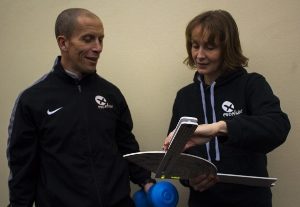
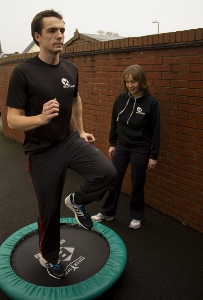 By Sarah Marshall, Chartered Physiotherapist.
By Sarah Marshall, Chartered Physiotherapist.

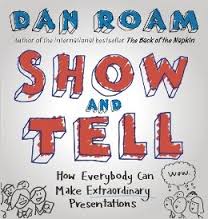 So, I set out this year attempting to read 40 books. I have just finished my 56th. When looking at this list, I realise I need to get a bit more fiction on there for next year. I have just started another Henning Mankell novel to read over Christmas.
So, I set out this year attempting to read 40 books. I have just finished my 56th. When looking at this list, I realise I need to get a bit more fiction on there for next year. I have just started another Henning Mankell novel to read over Christmas. Insideout coaching: Joe Ehrmann. Emotive story about transformational coaching from this ex NFL player.
Insideout coaching: Joe Ehrmann. Emotive story about transformational coaching from this ex NFL player.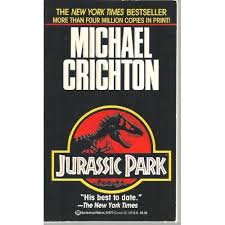 Jurassic Park: Michael Crichton. Classic techno adventure, page turner.
Jurassic Park: Michael Crichton. Classic techno adventure, page turner. In this corner…! Peter Heller. Excellent compliation of 40 interviews with world champion (American) boxers from 1920s -1970s. Mentioned in Tyson’s book, some hard stories in there. Importance of road work and clean living mentioned by all the boxers.
In this corner…! Peter Heller. Excellent compliation of 40 interviews with world champion (American) boxers from 1920s -1970s. Mentioned in Tyson’s book, some hard stories in there. Importance of road work and clean living mentioned by all the boxers. Sport and recreation in ancient Greece: Waldo E. Sweet. Interesting research on the old sports. Aimed at undergraduates with questions, nice insights.
Sport and recreation in ancient Greece: Waldo E. Sweet. Interesting research on the old sports. Aimed at undergraduates with questions, nice insights. Berlin: Antony Beevor. Story of the last days of German collapse in World War II. Savage brutality, futility of it all, utter madness. Tough read, but puts other things into perspective.
Berlin: Antony Beevor. Story of the last days of German collapse in World War II. Savage brutality, futility of it all, utter madness. Tough read, but puts other things into perspective.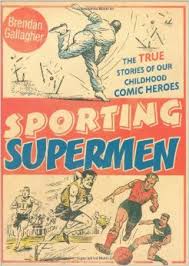 Sporting supermen: Bernard Gallagher. Light relief as Wilson the Wonder, Alf Tupper and Roy of the Rovers are featured in this entertaining comic nostalgia.
Sporting supermen: Bernard Gallagher. Light relief as Wilson the Wonder, Alf Tupper and Roy of the Rovers are featured in this entertaining comic nostalgia.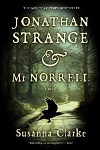 Whilst this may seem modest to some, it is in conjunction with working, looking after my family, trying to stay fit and also doing 6 MOOCs.
Whilst this may seem modest to some, it is in conjunction with working, looking after my family, trying to stay fit and also doing 6 MOOCs. The back of the napkin: Dan Roam. Portraying ideas visually and simply.
The back of the napkin: Dan Roam. Portraying ideas visually and simply.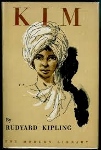 Kim: Rudyard Kipling. Classic adventure novel.
Kim: Rudyard Kipling. Classic adventure novel.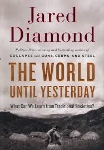 The World Until Yesterday: Jared Diamond. Look at primitive societies and what we can learn.
The World Until Yesterday: Jared Diamond. Look at primitive societies and what we can learn.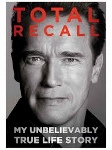 Total Recall: Arnold Schwarzenegger. Autobiography from youth to present day. Real page turner.
Total Recall: Arnold Schwarzenegger. Autobiography from youth to present day. Real page turner.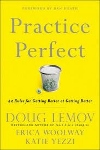 The Art of War for Executives: Donald Krause. A reshaping of Sun Tzu’s text for business.
The Art of War for Executives: Donald Krause. A reshaping of Sun Tzu’s text for business. Antifragile: Nassim Nicholas Taleb. Outstanding thought leader’s book about how to get stronger in life. Myth busting about the wealth / education relationship of nations. Really attacks academia and the banking system and how innovation and originality occur through other means.
Antifragile: Nassim Nicholas Taleb. Outstanding thought leader’s book about how to get stronger in life. Myth busting about the wealth / education relationship of nations. Really attacks academia and the banking system and how innovation and originality occur through other means.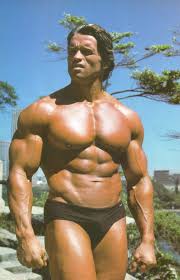 “
“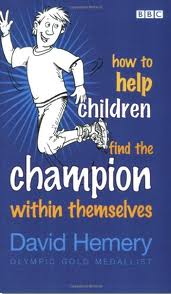 “How to help Children find the Champion within themselves”. David Hemery
“How to help Children find the Champion within themselves”. David Hemery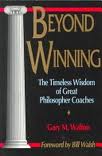 Beyond Winning: The timeless wisdom of great philosopher coaches. Gary Walton
Beyond Winning: The timeless wisdom of great philosopher coaches. Gary Walton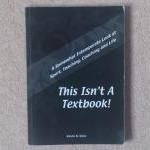 This isn’t a textbook: A somewhat intemperate look at sport, teaching, Coaching and life. Kelvin Giles
This isn’t a textbook: A somewhat intemperate look at sport, teaching, Coaching and life. Kelvin Giles “Don’t let the music die within you.” Wayne Bennett
“Don’t let the music die within you.” Wayne Bennett